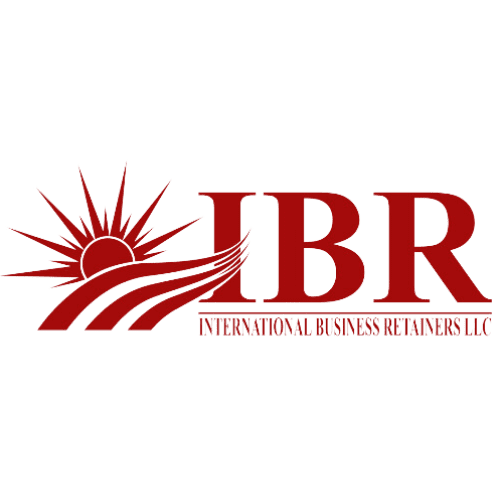
Revolutionizing Internal Audit: The Blueprint for Next-Gen Success
Internal audit’s responsibility to safeguard and improve corporate value includes providing assurance.
By offering objective, risk-based assurance and guidance, internal audit seeks to increase and safeguard organizational value.
Internal auditing is beneficial to all organizations, and the activity’s effectiveness depends on having an internal audit charter.
Integrity, objectivity, transparency, proficiency, innovation, and proactivity are the goals of internal audit.
The effectiveness of the internal audit activity is provided by the audit charter.
The goal of internal audit is to offer unbiased, independent assurance and advisory services that are intended to enhance and optimize the organization’s operations.
The work that internal audit will perform and the backing it will get from top management and the business to complete that job can be found in the charter.
A charter helps the governing body communicate the importance it places on internal audit’s independence and gives the organization a guide for how internal audit will function.
The following needs to be in the charter:
A declaration that the internal audit activity will have enough authority to carry out its responsibilities since the governing body will create, maintain, and ensure this by:
1. Accepting the charter for internal auditing.
2. Endorsing an internal audit plan depending on risk.
3. Endorsing the resource strategy and budget for internal audit.
4. Appropriately questioning the Chief Audit Executive (CAE) and management to find out if there are any unwarranted scope or resource constraints.
5. Prompt communication regarding audit plan performance with CAE.
Objectivity and Independence:
- An assurance that internal audits are carried out impartially by the CAE.
- The CAE must certify to the governing body, at minimum once a year, that the internal audit activity is independent.
- A declaration that the governing body will receive from the CAE each year verifying the internal audit activity.
Responsibility :
- submitting a risk-based internal audit plan on a yearly minimum.
- Explaining to upper management how the strategy is affected by resource constraints.
- Appropriately managing the activity to ensure that it carries out its mandate.
- Reporting on its findings and carrying out the agreed-upon remedial measures.
Assurance of Quality:
- A declaration that quality assurance will be upheld by the internal auditing activities.
- A mandate that the CAE get an external evaluation of the operation at least once every five years and report to top management on a regular basis on the outcomes of its quality assurance efforts.
A charter serves as a guide for internal audit operations and enables the governing body to express its clear position on the importance of internal audit independence.
